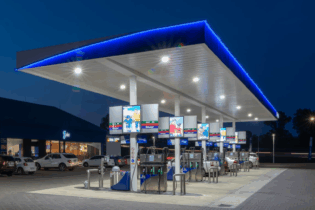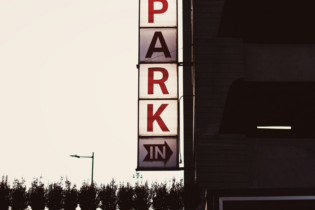A new study on Augmented Reality in Logistics focusing on possible applications of this emerging trend in the different stages of the supply chain has been released by DHL.
The trend report illustrates how operations in warehouses, during transportation and last-mile delivery, as well as value-added services, could be enhanced by computer-generated sensory input, such as videos or graphics. The trend report has been developed by DHL Customer Solutions & Innovation’s Trend Research team as part of an on-going research project into Augmented Reality in logistics. DHL is planning to test some of the derived use cases in proof of concept studies. Augmented Reality (AR) – a live, direct or indirect, enhanced view of a real-world environment whose elements are augmented by a computer-generated sensory – merges what’s real and what’s computer generated by adding layers of digital information, such as sounds, videos, graphics or GPS data, in the line of vision with the use of a devices, such as glasses or smartphones. Charles Brewer, Managing Director of DHL Express Sub Saharan Africa, says, “Recent developments such as heads-up displays on windshields or use of Augmented Reality for vehicle repairs from the automotive sector shows how rapidly this technology is developing and finding its way into industries outside of the IT sector. We believe that the technology also offers significant potential for the logistics industry, and are currently selecting cases for further research.” “We move in excess of 2 million shipments per day across our network, and rely on world class technology to provide a seamless and reliable delivery service for our customers. We are always interested in the latest IT developments and it’s no surprise that this exciting new trend is already scheduled for proof of testing studies.”The trend report explains briefly the emerging trend and innovation in Augmented Reality technology and hardware and how it can be implemented in logistics. It also provides an overview on best practices from various industries.
‘Augmented Reality in Logistics’ presents 11 different possible applications for the industry, among them improved picking in warehouses for example, by equipping staff with head mounted displays, they could find the right route and the right item more efficiently. The surplus in information would also reduce picking errors. Brewer adds, “The report also sketches how transportation could be perfected. Delivery vehicles with augmented windshields could display real-time traffic data, as well as other valuable information, such as cargo temperature and alerts, thereby minimising driver distraction.” Moreover, drivers and staff at the parcel hub could be equipped with wearable devices to gain critical information on each parcel, such as contents, weight and destination. This would improve loading processes and reduce handling damages. Finally, Augmented Reality could also improve maintenance and repair services offered by logistics providers if workers are equipped with smart glasses that blend in step-by-step instructions. The trend report ‘Augmented Reality in Logistics’ has been created on the basis of the overarching Logistics Trend Radar, which DHL uses to identify and leverage trends and technologies relevant for the logistics industry. The report is available to view HERE







